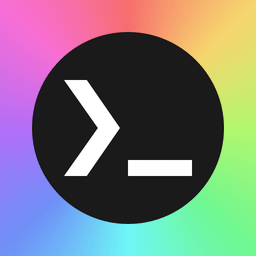

This might be a stupid question, but I wonder why they (datacenters) can’t recover the water they use especially if it’s in the order of magnitude that it significantly impacts water resources in their area.
I might be missing something big here, but I am imagining water-cooled systems that transfers heat to the water, but the water is otherwise unused. This water might not be able to be fed back (to the water sources in the area) as is, but it can be cleaned up and cooled down, and then be used for other purposes, right?



I’m using KCalc version 24.05.0 but I suppose it’s similar enough to your version.
I typed in the following in simple mode:
<value> * 10^-8I even got results with the following:
<value>e-8With pushing buttons in science mode I managed to replicate what you’ve observed, so I guess it’s indeed a bug? However, typing something like either of the two sequences above would give you the desired result.
As an aside, it seems like typing things directly into the input text box like
sin(30)can be done in any mode. I don’t know if it can be generalized though, and I don’t know if all of the buttons in Science and Stat modes have a plaintext equivalent you can just type in.